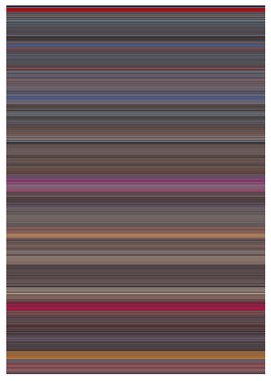_ Originality _
On similar lines, I. M. Pei, American Architect had said "I'd rather be good than original "
Flipping through a "foreign" Architecture magazine with glossy pictures, I was struck by the resemblance of a building in Dallas to one that I had recently seen in Bangalore. The proportions, the curtain glazing, the column cladding, the detailing of the entrance; everything was remarkably similar. This started me thinking about this whole business of "borrowed inspiration" in Architecture.
It would be unrealistic to expect every Architect in the world to continuously produce original and innovative work. Of interest would be the lineage of the copy. The sequence of copying…..
So where does the sequence start ? Would the latest "inspired building" be the last? Each of these buildings in various cities obviously serve a purpose and they quite possibly serve it well. Is one better than the other ? Does it matter if it’s a copy of a copy ? Suppose you had a document that you valued. To preserve it, you take two photocopies of it. Suppose the copies are so good that you cannot make out which is the copy and which is the original. Do you now have three valuable documents ? Or has the document lost value in the act of copying ?
Regardless of the above conundrum, the fact remains that our cities are dotted with such buildings. Builders’ brochures generally describe these as "world class" buildings. One cannot deny that some of them add interest and perhaps make the city a more exciting place. Few of us have the privilege of travelling around the world and perceiving these connections. So lets just sit back and enjoy it when your local builder gives you "world class" buildings. Originality is perhaps over rated anyway.



